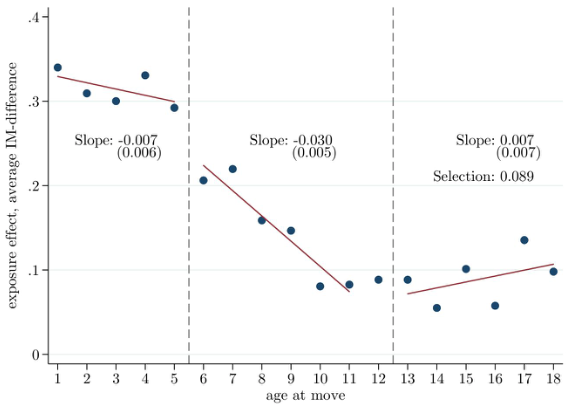

Which type of social mobility is most common? intra-generational mobility: Change in social status over a single lifetime. Vertical mobility: Movement of individuals or groups up or down from one socioeconomic level to another, often by changing jobs or through marriage. The Davis-Moore Thesis states: That the more society values a particular profession, the more the people in that profession will make.Īdvertisement What is the difference between vertical mobility and Intragenerational mobility? What seems to be the key (although not the rule) to upward social mobility? How much education you have. What is the key to upward social mobility? Change the narrative on poverty and mobility.Holistic strategies to achieve upward mobility An example of intergenerational is a household where a great grandmother, grandmother, parents and child all live together. The definition of intergenerational is something where multiple generations of people intermingle or come together. Social mobility can be measured in terms of education, employment, and income. Intergenerational mobility is the change in position of a person or a household as compared with previous generations, while intragenerational mobility is the change in position of a person or a household over time. What is the difference between intergenerational and intragenerational social mobility? What does high intergenerational mobility mean?Ī society with high (relative) intergenerational mobility is one where an individual’s wellbeing, relative to others of his or her generation, is less dependent on the socioeconomic status of his or her parents. : occurring or existing between members of one generation intragenerational spite also : occurring during the span of one generation. This occurs when a person changes their occupation but their overall social standing remains unchanged. … For example, someone may start out working in a low-paying job and then move up into a higher-paying job within the same company after a few years.

People also often experience upward mobility over the course of their own careers, which is known as intragenerational mobility. A study conducted by the Pew Charitable Trusts found that the bottom quintile is 57% likely to experience upward mobility and only 7% to experience downward mobility. US social mobility has either remained unchanged or decreased since the 1970s.

… A person who is born into a middle-class family gets a job as a teacher and lives in the same community that he or she grew up in. Intragenerational mobility includes any social movement a person makes in his or her lifetime.


 0 kommentar(er)
0 kommentar(er)
